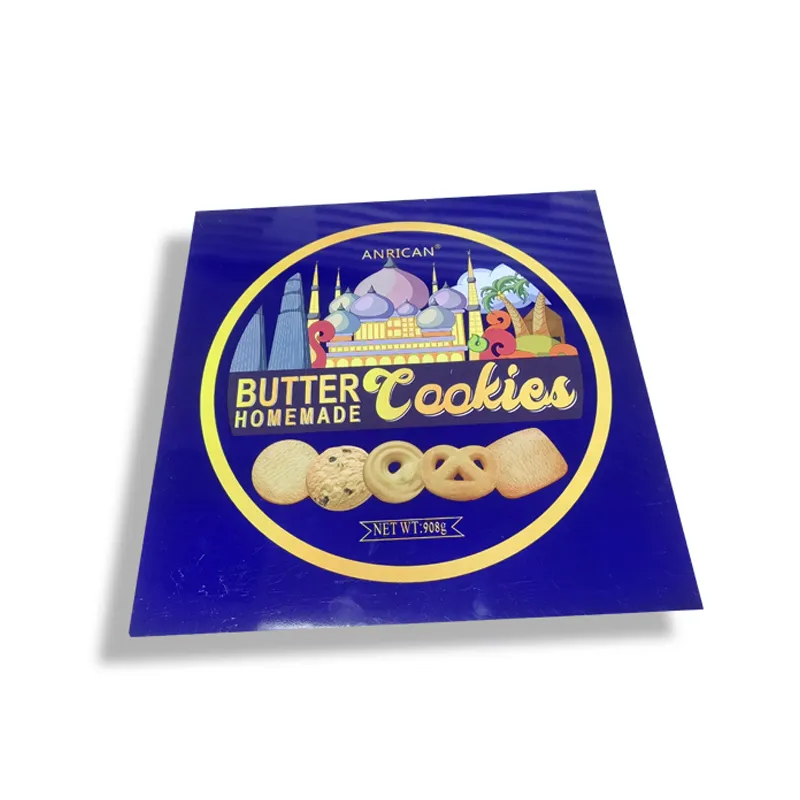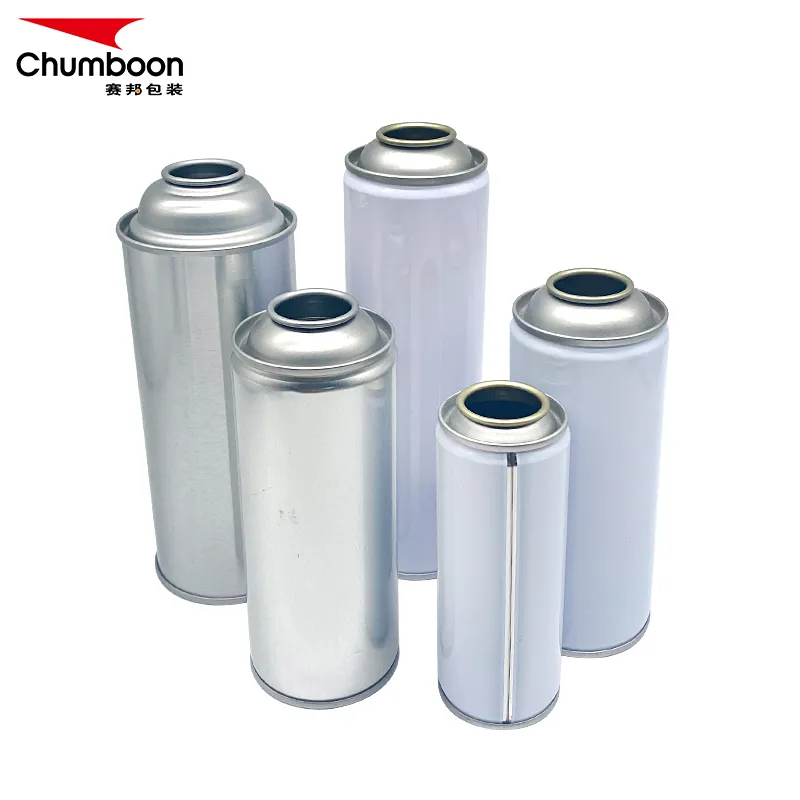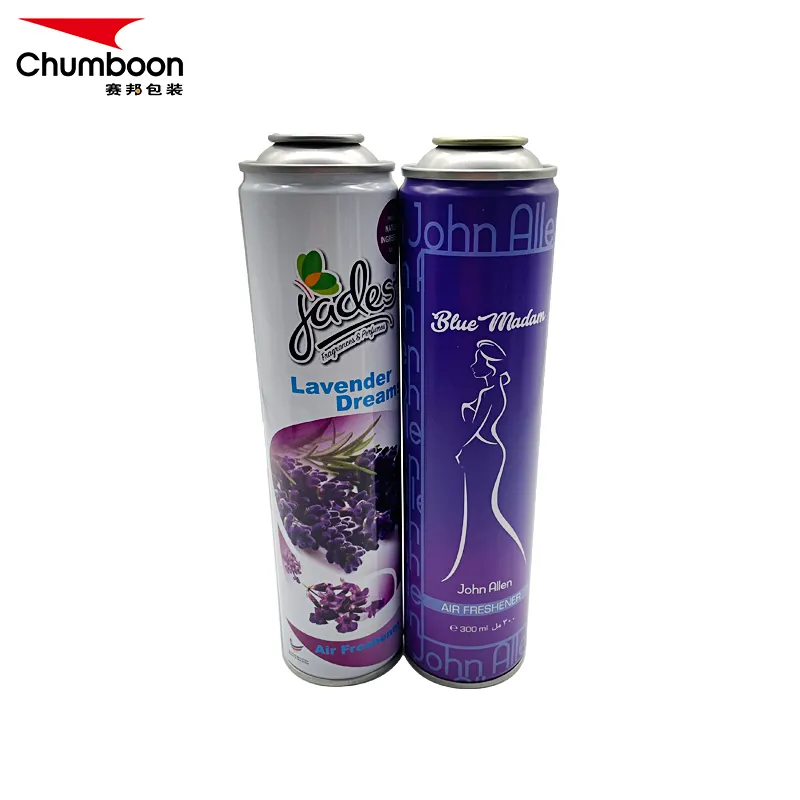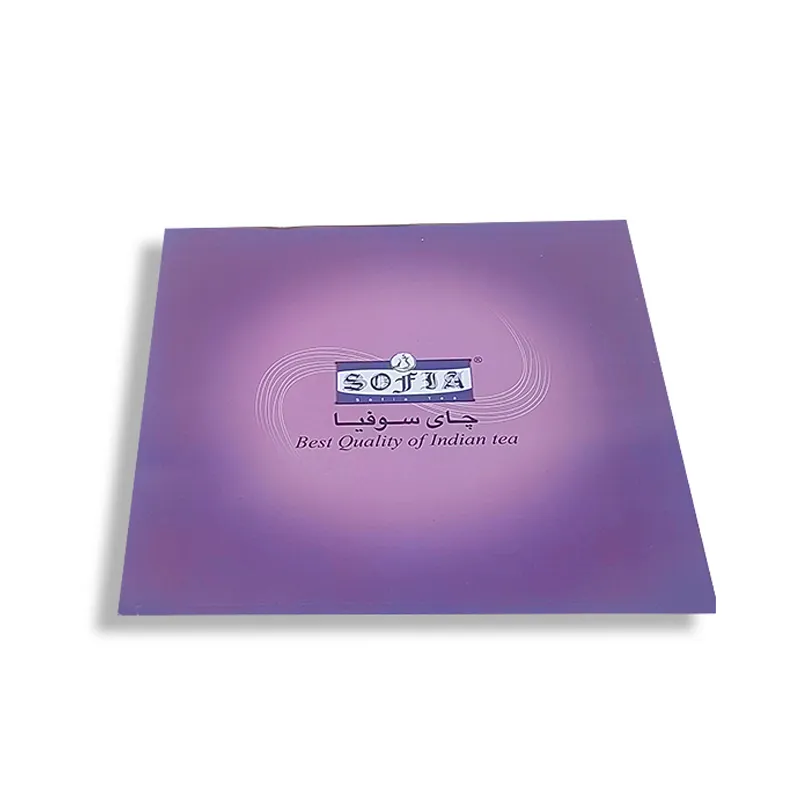The anti-rust performance of tinplate depends first on the quality and thickness of its tin plating. During the production process, the thickness of the tin layer is generally controlled in the range of 1.5g/m² to 15g/m², depending on the purpose of the can and the acidity and alkalinity of the food.
2024-11-14
More





